The ambitious plan spans 60-plus countries with $21 trillion in gross domestic product that includes two thirds of the world's population and one third of the world’s GDP. Through land and sea, the project connects China to Africa and Europe through railways, roads, pipelines, ports and other infrastructures, as well as to Central and West Asia through the Persian Gulf and Indian Ocean.
Many analysts predict the initiative provides extensive economic growth and security goals for China, giving the country more influence over the states on the Silk Road route. This project involves the flow of energy from Central Asia to China and the possibility of more independency for China from the US.
In addition, the OBOR project will develop the western provinces of China, turning the Xinjiang province into a financial center and Fujian province into a logistics and transportation hub for their natural potential, population and technology.
The World Bank has examined opportunities and challenges of the Chinese plan for the countries on the path to “the project of the century”, and below is their findings.
First, the OBOR initiative boosts global development and welfare. The population density of countries on the road, comprising two thirds of the world population, is high, however, they live below the poverty line (the poverty line is $1.90 a day). For example, in Kenya 23%, Uzbekistan and Djibouti 23%, and Laos 21% of their population live below the poverty line. Thus, the success of the project can overall improve infrastructure, transportation, finance, banking and welfare of these countries.
Second, the project helps improve global trade and exchanges. Although the contribution of Silk Road countries in global exports has almost doubled in the past two decades, few countries, including China, are responsible for exports. Inadequate infrastructure, poor policies and deep economic and cultural gaps in countries such as Afghanistan, Nepal, Tajikistan and Laos have hampered their integration into the global economy.
Third, it improves the time of shipping goods from East Asia to Europe. Transshipment from China to Central Europe takes 30 days mainly by sea, however, the new route offers a less time of transportation.
In business, the delay of goods shipment per day reduces trade at least by one percent. Improving the rail network and other transport infrastructure in partnership with the region will lead to further trade, investment and economic growth of the countries on the path.
There are challenges with all opportunities, and that does not exclude the OBOR project.
The first problem is political barriers and impenetrable borders of some of the states on the road. Transit delays, customs procedures and restrictions, and limitation of direct investment in these countries require political reform and cooperation among countries.
Economic indicators demonstrate that it takes 50 days to pass through a country in Central Asia, while this time in the Group of Seven (G7) countries is round 10 days.
The potential risk of environmental degradation and the loss of bioavailability is a further concern for the implementation of this plan. Prior to carrying out any infrastructure projects and transportation, environmental hazards should be identified and carefully addressed to minimize damage to the natural environment and habitats.
And last but not least, the large-scale infrastructure project is quite costly and requires some of the states to get a loan proportion to their participation, and that can in turn lead to many debts that could endanger the stability of these countries.
Thus, the Chinese initiative that involves the two continents of Asia and Europe, calls for addressing challenges and opportunities of the new Silk Road Plan not only for China but also for many third-world countries on this path.
MNA/TT

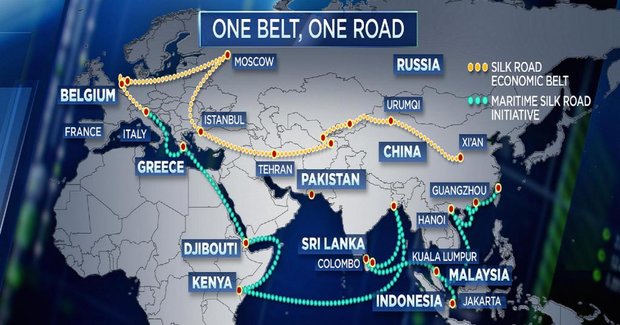
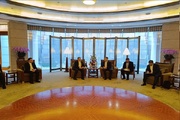


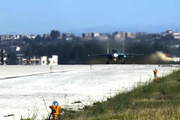

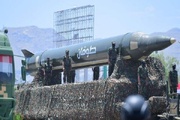
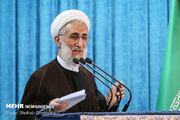

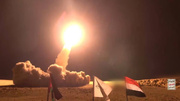


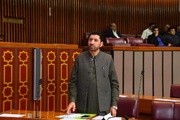

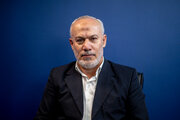







Your Comment